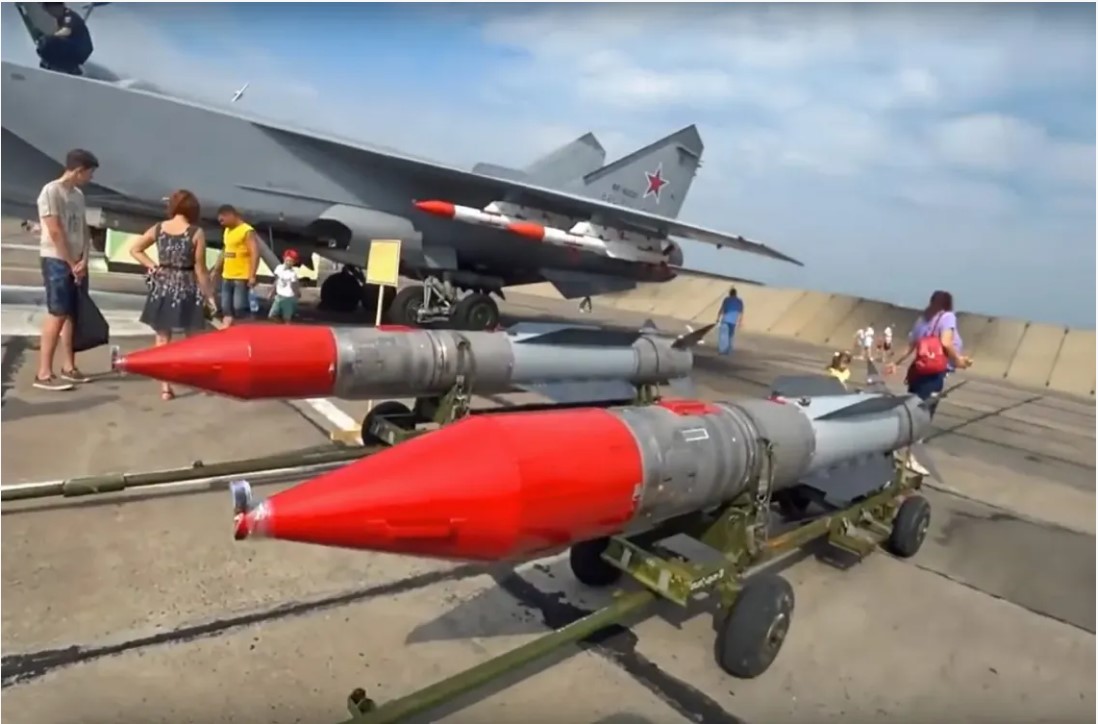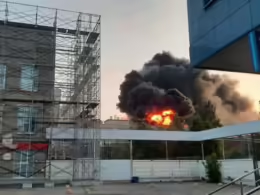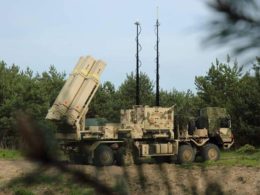Russia is developing nuclear-tipped air-to-air missiles, marking a rare return to Cold War-era weapon concepts, according to the US Defense Intelligence Agency (DIA).
The disclosure appears in the 2025 Worldwide Threat Assessment, an unclassified report recently presented to the US House Armed Services Subcommittee on Intelligence and Special Operations.
“Russia is expanding its nuclear forces by adding new capabilities, including nuclear air-to-air missiles and novel nuclear systems,” the DIA report states.
Long-range threat: The R-37M
The TWZ reports that the weapon in question is believed to be a nuclear-capable version of the R-37M, a very long-range air-to-air missile known to NATO as the AA-13 Axehead. It carries the internal designation "izdeliye 610M".
- Range: Up to 124 miles (200 km)
- Weight: 1,124 pounds (510 kg)
- Length: 13 feet (4 meters)
- Guidance: Dual-band active radar seeker
- Platforms: MiG-31, Su-30SM, Su-35S, Su-57
The missile is designed for long-range interception of high-value targets and has seen combat in Ukraine. Its speed and range have reportedly limited Ukrainian air operations.
Ukrainian MiG-29 pilot Andrii “Juice” Pilshchykov, before his death in 2023, told The War Zone: “If you’re not aware of the launch of a missile, you’re dead.”
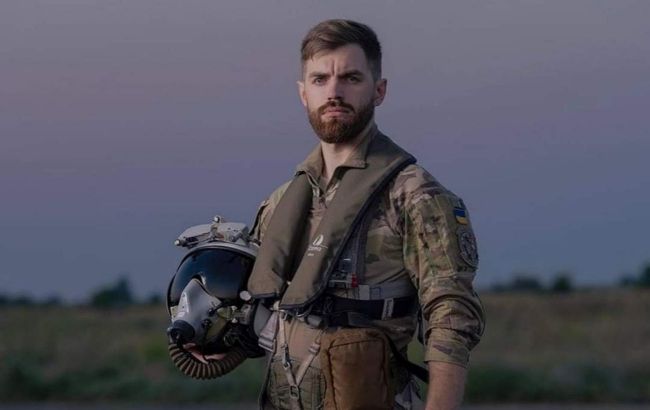
Why nuclear air-to-air missiles?
Nuclear-tipped missiles are area-effect weapons. Unlike conventional missiles that require proximity or a direct hit, a nuclear variant increases the chance of destroying:
- Stealth or hard-to-track aircraft
- Drone swarms
- Cruise missile salvos
- Bomber formations
Such weapons also serve as tactical deterrents, especially in high-threat scenarios where fast, wide-area coverage is required.
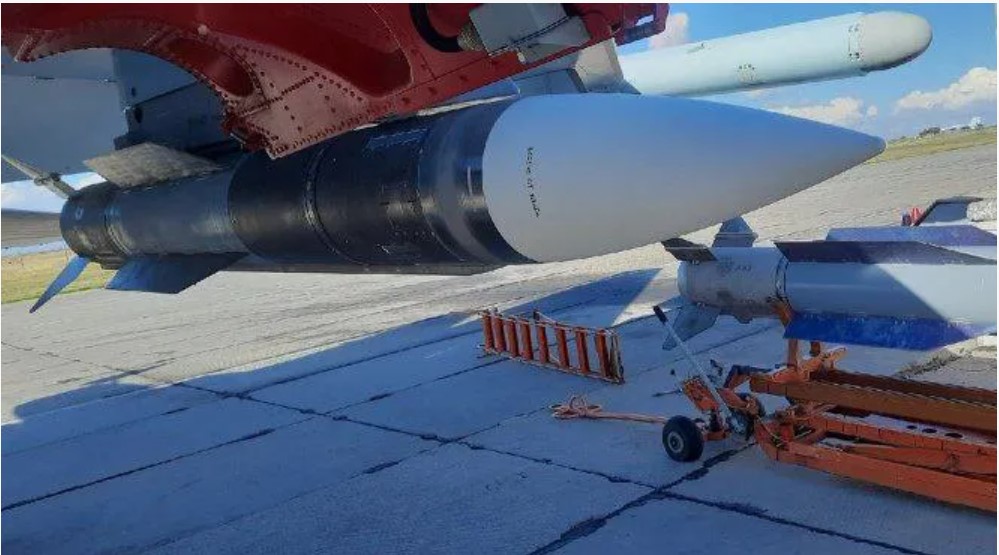
Strategic context
The DIA estimates Russia maintains about 1,550 deployed strategic and up to 2,000 non-strategic warheads. The R-37M nuclear version would fall into the latter category.
The DIA notes that Russia is “very unlikely to use nuclear weapons in the conflict”—a reference to the war in Ukraine—“unless Russian leadership judged it faced an existential threat to the regime.”
One of a kind—almost
If confirmed, the R-37M nuclear variant would be among the only nuclear air-to-air missiles in service today, alongside Russia’s older R-33S—the “S” denoting Spetsyalnaya, or “special”, likely referring to a nuclear-armed configuration.
The US briefly fielded the AIM-26A Nuclear Falcon during the Cold War, but retired it decades ago.
The "izdeliye" designation, meaning “product” in Russian, is used internally to denote specific missile variants or classified configurations.
Western response
The US is developing next-gen long-range air-to-air missiles such as the AIM-260 JATM and AIM-174B (a variant of the Navy’s SM-6), but none are nuclear-armed.
This development gives Russia a unique tactical capability with no direct Western counterpart.

